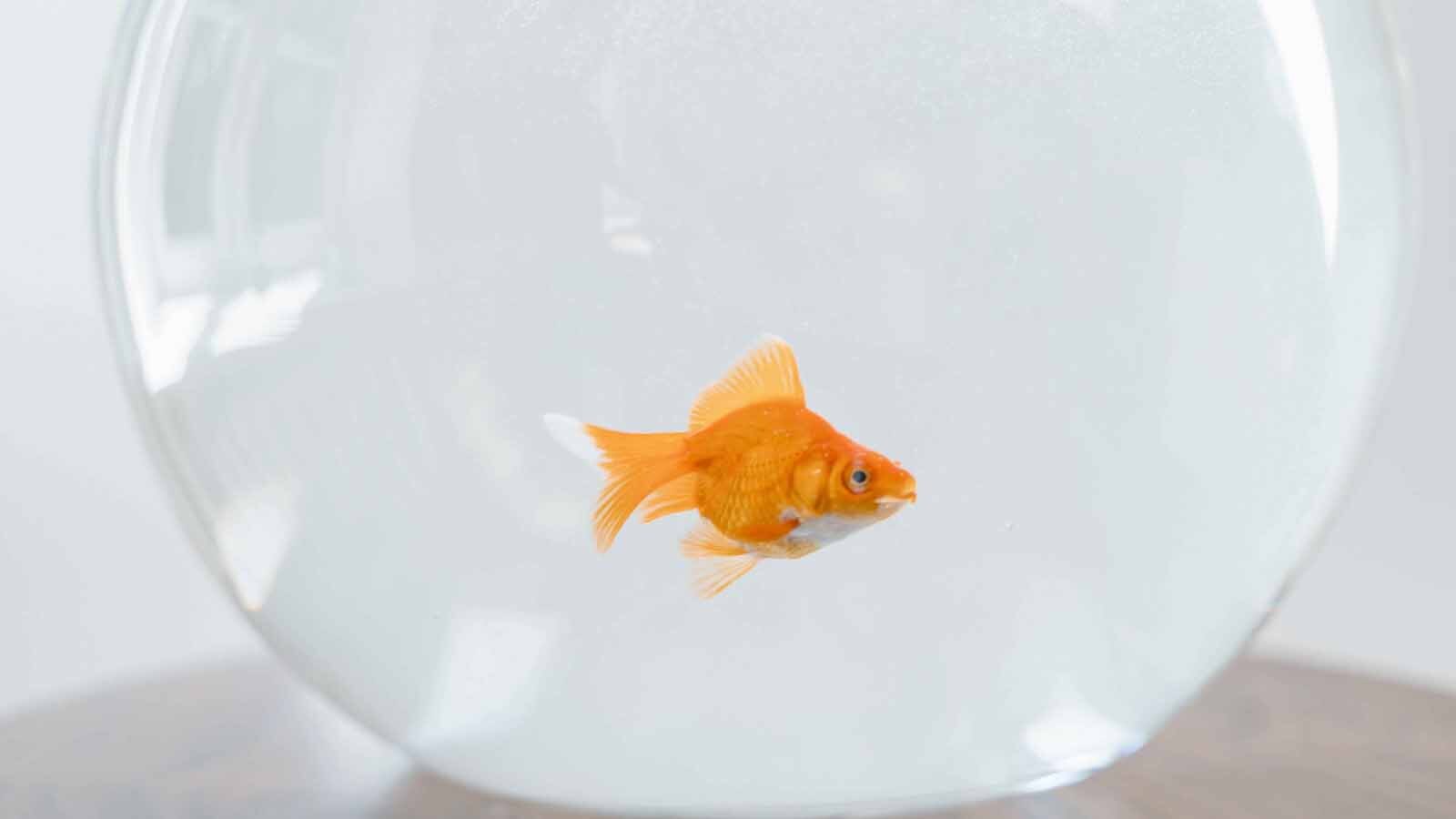Introduction: The Quest for Crystal Clear Aquariums
In the enchanting world of aquarium enthusiasts, creating and maintaining a thriving aquatic ecosystem goes beyond selecting vibrant fish and ornamental plants. A fundamental aspect often overlooked by beginners yet meticulously considered by veterans is the choice of water. Among various water types, distilled water stands out as a pure, mineral-free option that plays a significant role in fostering a healthy environment for underwater inhabitants. This in-depth exploration delves into the intricacies of using distilled water in fish tanks, addressing its benefits, potential drawbacks, and practical application tips, ensuring your aquarium becomes a shimmering testament to water wisdom.
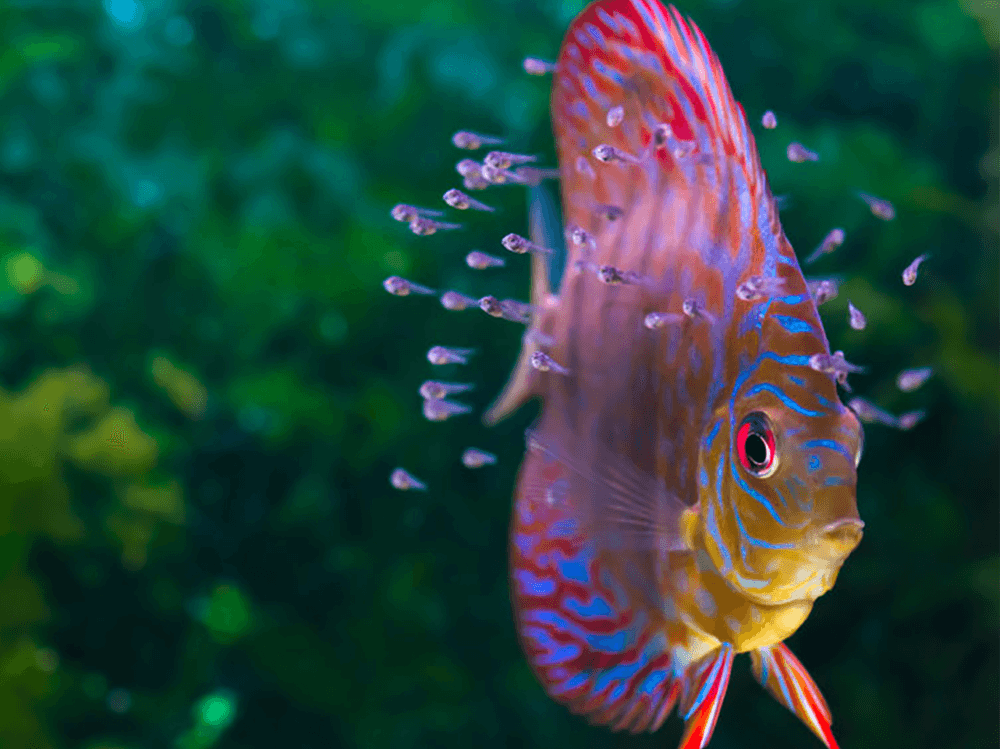
Distilled Water Defined: Purity Unleashed
At its core, distilled water is the product of a rigorous purification process known as distillation. This technique involves boiling water to produce steam, which is then captured and condensed back into liquid form, leaving behind impurities such as minerals, metals, bacteria, and chemicals. The resultant water is devoid of virtually all contaminants, offering unparalleled purity that can significantly influence the overall health and clarity of your fish tank.
Why Distilled Water Matters: The Science Behind the Sparkle
One might wonder why such purity matters in an aquarium context. The answer lies in the delicate balance of aquatic chemistry. Tap water, commonly used in homes, contains varying levels of minerals, most notably calcium and magnesium, which contribute to hardness. While some fish species thrive in hard water, others prefer softer conditions. Distilled water, being free of these minerals, allows aquarists to have absolute control over water parameters, customizing it to suit specific fish requirements by adding necessary minerals back in precise quantities. Moreover, its purity reduces the risk of introducing harmful substances or imbalances that could stress or harm fish and plants.
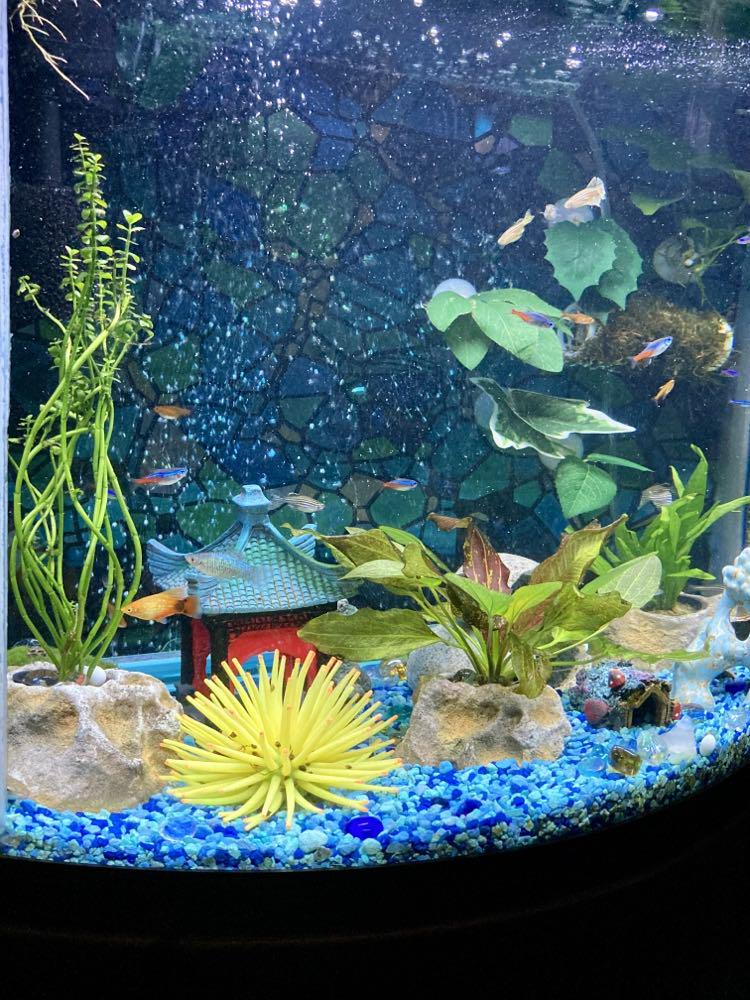
The Alkalinity and pH Puzzle: Maintaining Balance
A critical parameter in aquarium management is pH, a measure of water acidity or alkalinity. Distilled water has a neutral pH, typically around 7. However, when exposed to air, it absorbs carbon dioxide, causing the pH to drop slightly. This neutral starting point is advantageous since it enables aquarists to adjust the pH deliberately, matching the needs of their aquatic life. By introducing appropriate buffering agents, one can stabilize the pH, preventing sudden fluctuations that can stress fish and disrupt biological processes.
Mineral Management: Crafting Customized Conditions
While distilled water’s lack of minerals offers control, it also necessitates intentional supplementation. Fish, invertebrates, and plants rely on certain minerals for growth, health, and vitality. Aquarists must replenish essential elements such as calcium, magnesium, and potassium to mimic the natural habitat. This tailored approach not only sustains life but also promotes vibrant colors and robust growth. It’s crucial to research the specific needs of your aquarium inhabitants and follow recommended guidelines for mineral supplementation.
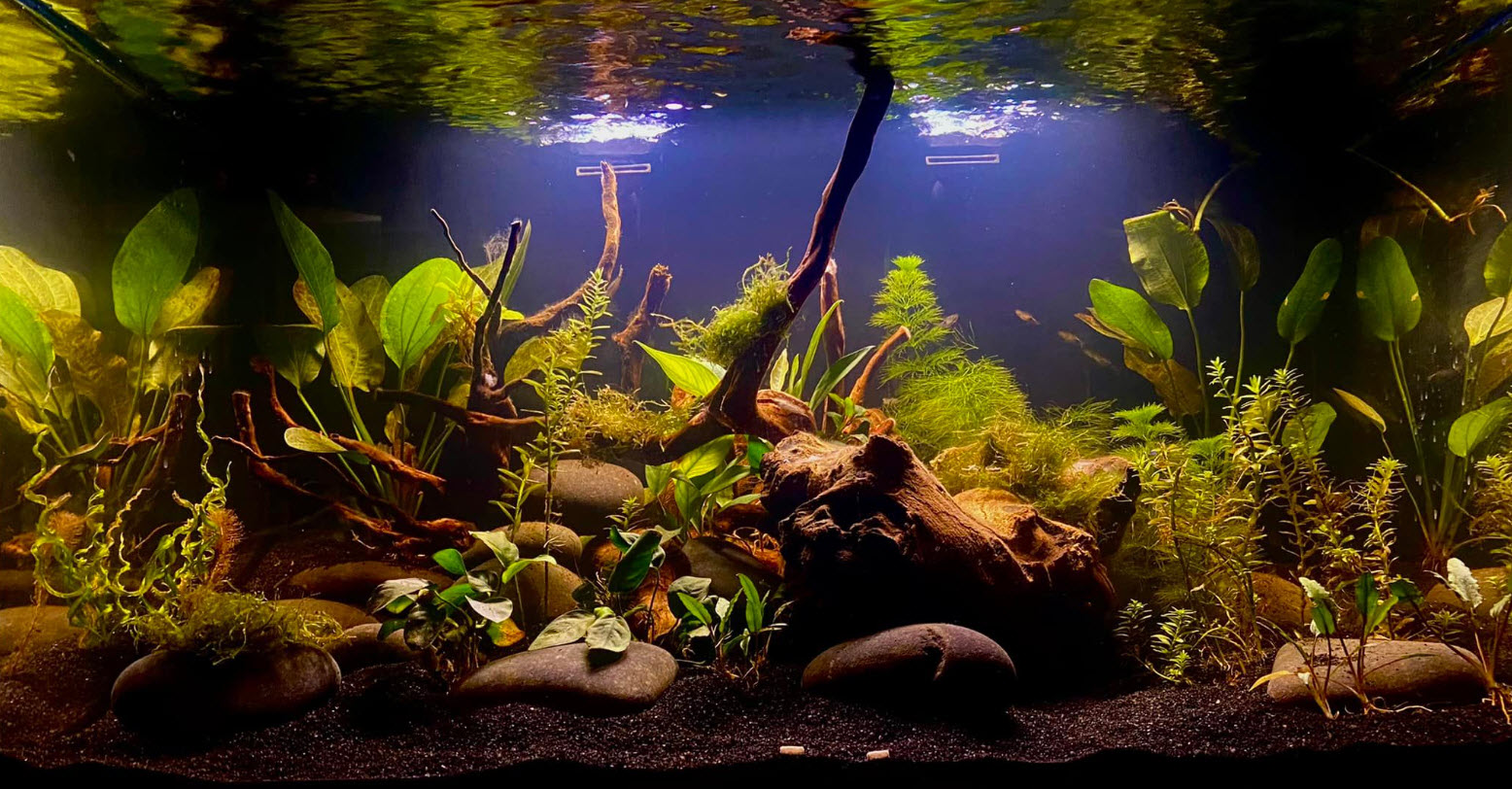
The Chlorine Conundrum Avoided
A common issue with tap water is the presence of chlorine and chloramines, added by municipalities to disinfect water supplies. These chemicals are highly toxic to fish, requiring chlorination before use. Distilled water sidesteps this problem altogether, arriving at your aquarium already free of these harmful substances, thereby eliminating the need for additional chlorination steps and reducing the risk of accidental exposure.
The Dark Side of Purity: Potential Drawbacks Considered
Despite its many advantages, using distilled water exclusively isn’t without caveats. Its mineral-free nature can lead to rapid leaching of minerals from substrates and decorations, potentially altering water chemistry unexpectedly. Furthermore, in planted aquariums, a lack of trace elements could hinder plant growth. Regular monitoring of water parameters and timely supplementation become imperative to prevent such imbalances. Additionally, the cost and environmental impact of producing and transporting distilled water should be factored in when deciding on a long-term water management strategy.
Strategies for Success: Practical Implementation Tips
To harness the full potential of distilled water in your aquarium, adopt a strategic approach. Begin by conducting thorough research on the specific water requirements of your chosen fish and plants. Invest in a reliable TDS (Total Dissolved Solids) meter and pH testing kit to monitor water quality meticulously. Develop a supplementation schedule, taking into account the rate at which minerals are consumed or depleted. Introduce a slow acclimation process for fish transitioning to distilled water environments to minimize stress. Lastly, consider blending distilled water with tap water to achieve the desired balance of minerals and hardness, especially when aiming for a middle ground.
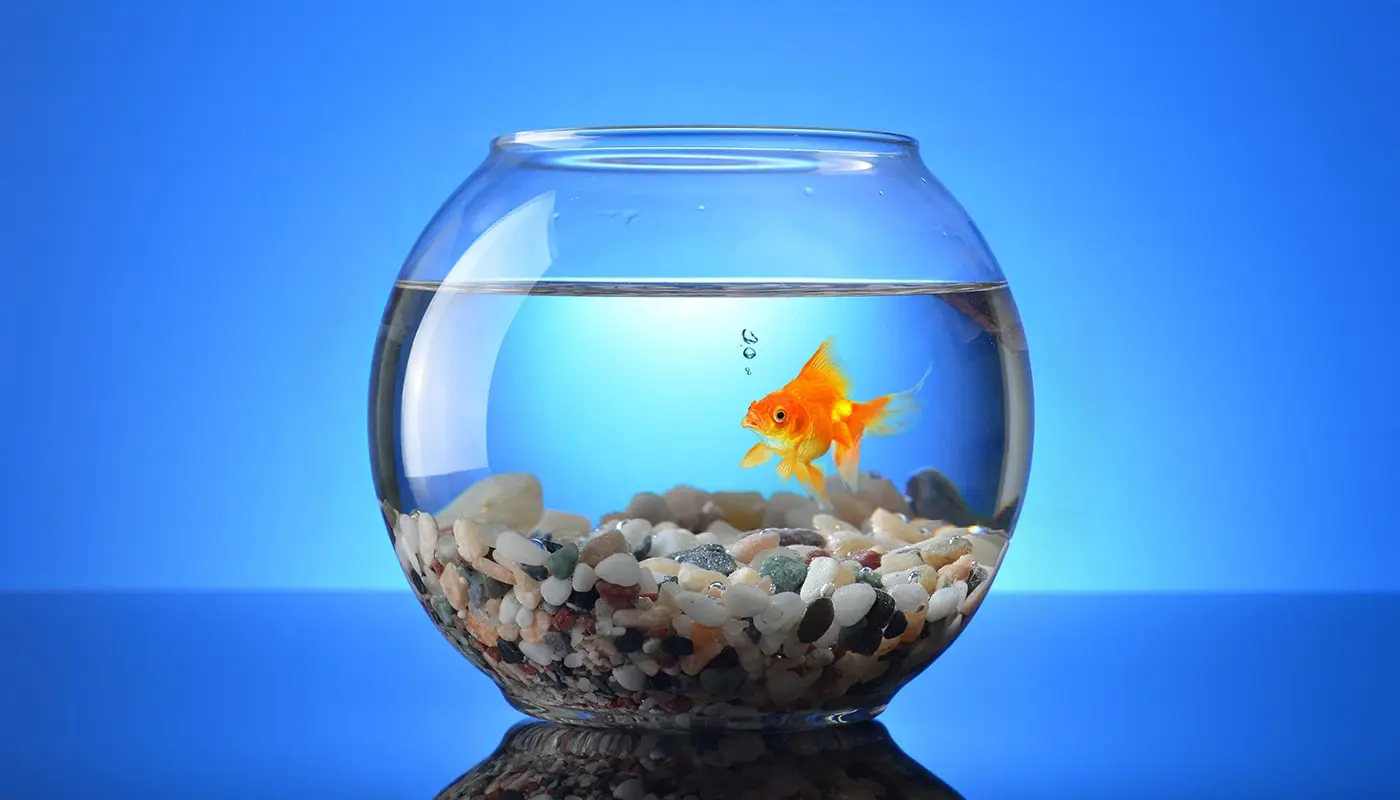
Innovative Solutions for Sustainability and Cost-Efficiency
Addressing the environmental concerns and costs associated with regular distilled water usage, several alternatives and practices can be employed:
- DIY Water Distillation: For the hobbyist with a DIY spirit, building a simple distillation unit can be an interesting project that reduces costs over time. While initial setup expenses may be involved, homemade systems allow for more control and can pay off with frequent use.
- Rainwater Harvesting: Collecting rainwater is a natural and eco-friendly method to obtain water for aquariums. Rainwater is generally soft and low in minerals, similar to distilled water, but will still require filtration and testing before use. This approach not only reduces your environmental footprint but can also be cost-effective.
- RO (Reverse Osmosis) Systems: A popular choice among aquarists, RO systems effectively remove impurities and minerals from tap water, producing water akin to distilled water but with some minerals retained. They offer a sustainable solution since they can be used repeatedly, minimizing waste compared to buying bottled distilled water. Pairing an RO system with a remineralization cartridge allows you to customize water parameters precisely.
- Community Efforts and Bulk Purchasing: Joining local aquarium clubs or coordinating with fellow aquarists can lead to group buys of distilled water or RO systems, often at discounted rates. Sharing resources and knowledge fosters a sense of community and sustainability.
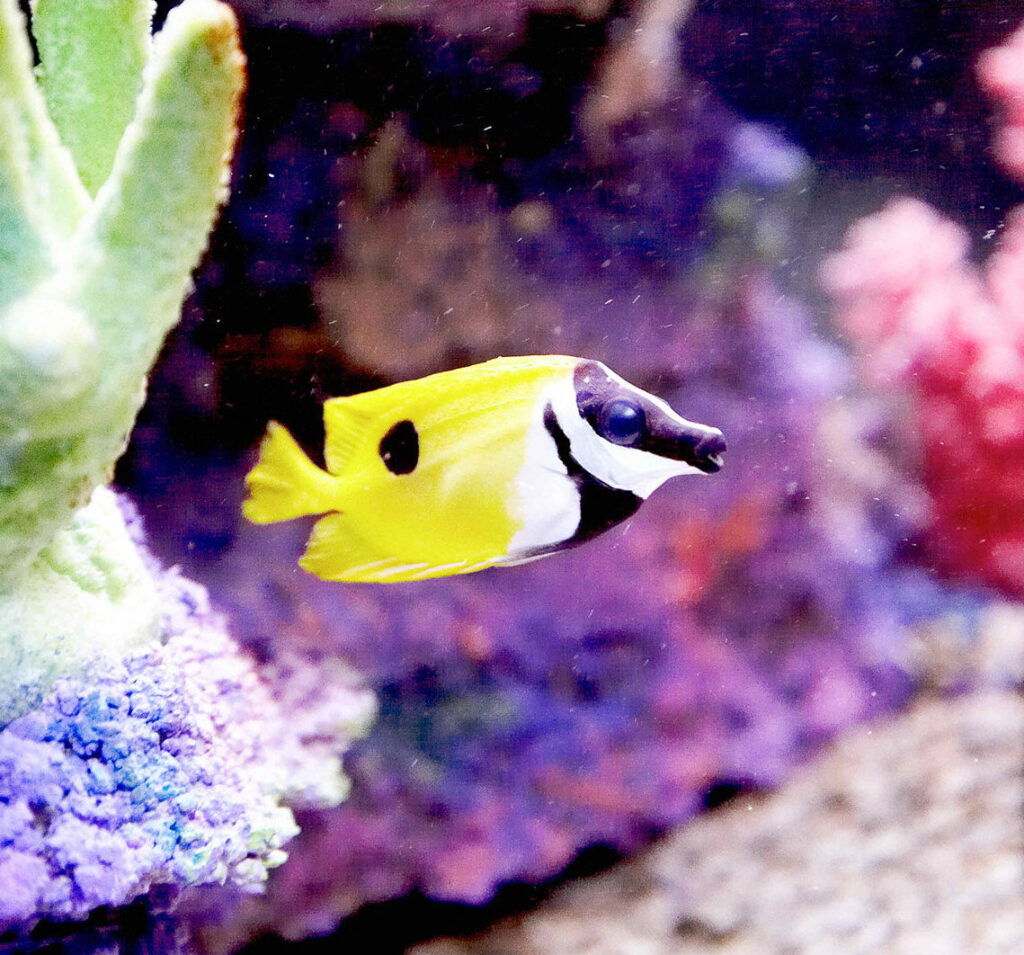
Closing Thoughts: Nurturing Harmony through Water Wisdom
The journey towards a flourishing aquarium is a testament to patience, precision, and a deep understanding of aquatic ecosystems. By embracing the use of distilled water, aquarists unlock a realm of possibilities where water purity becomes a cornerstone of health and beauty. It empowers them to create tailor-made habitats, mimicking the intricate balance found in nature. As you embark on this journey, remember that each bubble, every sway of a fin, and the radiant glow of your aquarium reflects the meticulous care and ‘water wisdom’ you invest. With distilled water as your ally, watch your aquatic world transform into a mesmerizing spectacle of life, color, and harmony.






